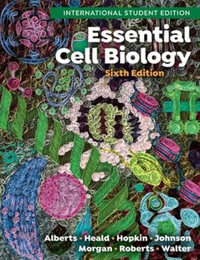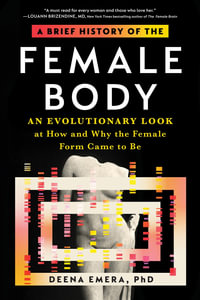Studies on stem cells have been attracting intense scientific and p- lic attention, not only because of controversies surrounding the use of embryonic stem cells but also because of very provocative data that have
been emerging on adult stem cells. Much of the public attention and debate has been focused on the possibility that adult stem cells may be used as a substitute for human embryonic stem cells or as a justification for stopping
work on them. This has somewhat dim- ished attention on very heated scientific debates that take us to the very heart of how the concept of stem cells is perceived. To this author, the latter debates have not been unlike
certain philosophical debates of the last century. Since the seminal studies of Till and McCulloch in the 1960s, the popular paradigm on adult stem cells has been that lineage-restricted stem cells are derived from pluripotent
stem cells very early during development. To many, and consistent with much data, the restriction to particular lineages was considered absolute. In other words, there was a sense of determinism in the stem quality of
particular stem cells: once they were allocated, they were programmed to specific roles in a given tissue. Furthermore, some adult tissues were considered devoid of detectable stem cell presence or activity.
Industry Reviews
"This beautiful, hardcover book features glossy pages, exquisite color plates, and expert technical writing. Chapters include informative line drawings, photomicrographs, and an extensive bibliography. The diversity of topics will certainly capture the attention of a wide audience of readers. The book is compact and very readable. I enjoyed this book, and was surprised by the attention focused on different types of adult stem cells. The topic is timely. This book hopefully will be a stimulus for new researchers to enter the field. " - Doody's Health Sciences Book Review Journal
"This book contains an extensive review of liver stem cell research, including experimentation with extrahepatic tissue and sites. I would highly recommend this book for medical libraries as well as academic libraries at institutions with graduate programs in genetics, biochemistry, cell biology, neuroscience or molecular biology." -E-STREAMS
























